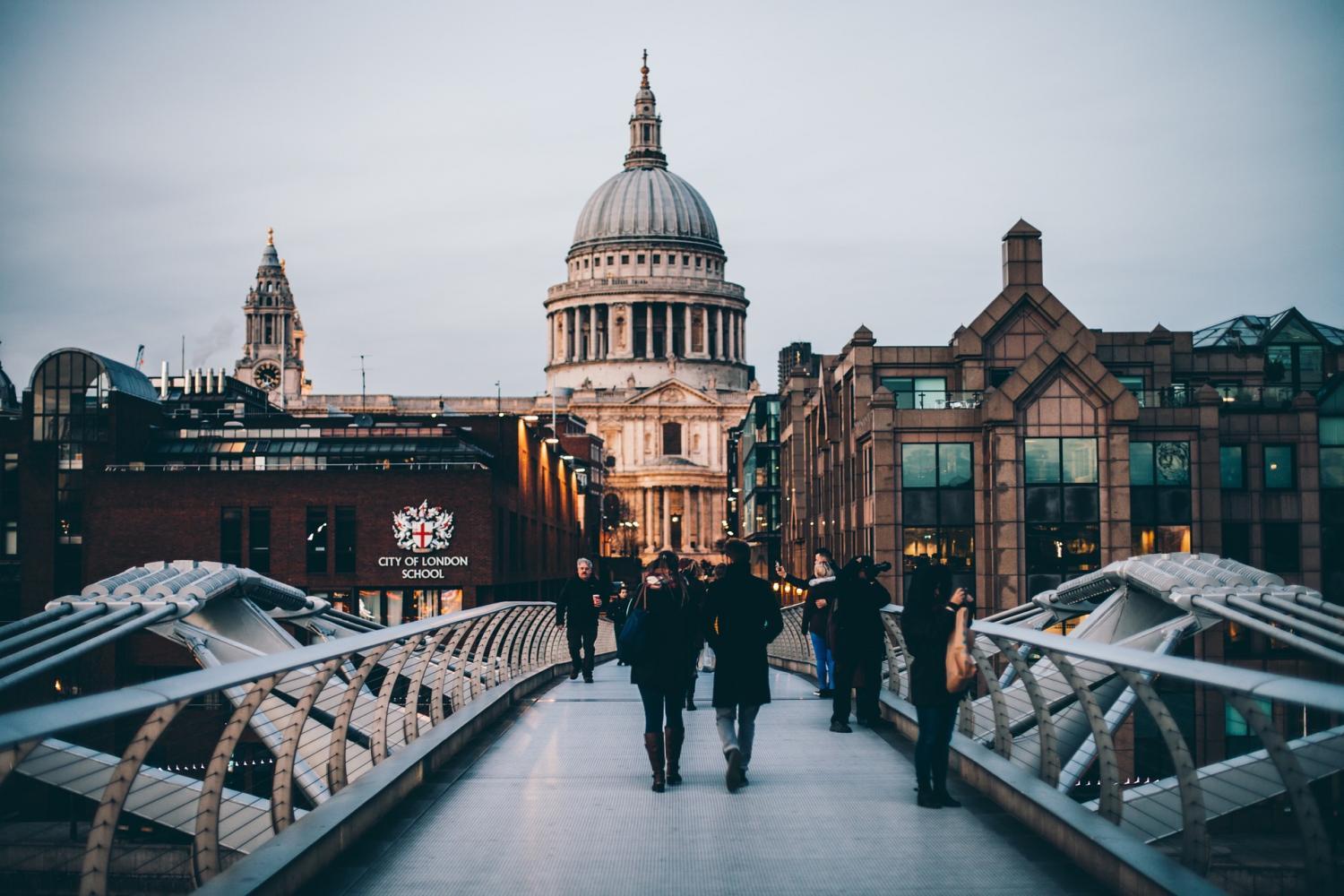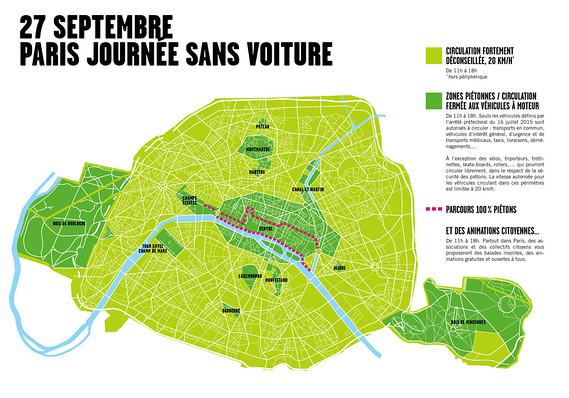In the bustling heart of our world’s metropolises, a quiet revolution is unfolding. Streets once dominated by the relentless hum of engines and the ceaseless flow of traffic are gradually transforming into serene, pedestrian-friendly spaces. From the historic avenues of Europe to the vibrant districts of Asia and the Americas, global cities are embracing a bold new vision: car-free zones. This shift is more than a trend-it’s a response to mounting environmental concerns, urban livability challenges, and a growing desire for community-centered public spaces. As cities reimagine their landscapes, the move toward car-free zones offers a glimpse into the future of urban life, where people-not vehicles-take center stage. Here’s why this movement is gaining momentum worldwide and what it means for the cities of tomorrow.
Table of Contents
- The Rise of Car-Free Zones Shaping Urban Life
- Environmental Benefits Driving Policy Changes
- Enhancing Public Spaces and Community Wellbeing
- Challenges Cities Face in Transitioning Away from Cars
- Strategies for Successful Implementation and Public Engagement
- Frequently Asked Questions
- Concluding Remarks
The Rise of Car-Free Zones Shaping Urban Life
Across the globe, urban planners and city officials are reimagining public spaces by prioritizing pedestrians over vehicles. This shift is more than just a trend; it marks a profound change in how cities function and how residents experience daily life. By limiting car access, these zones foster safer streets, encourage local commerce, and promote healthier lifestyles.
One of the most compelling benefits of these areas is the improved air quality. With fewer emissions from vehicles, residents enjoy cleaner air, which directly impacts respiratory health and overall well-being. Additionally, reducing traffic noise creates a more peaceful urban environment, making these spaces ideal for social gatherings, outdoor dining, and cultural events.
Key advantages of car-free zones include:
- Enhanced pedestrian safety and accessibility
- Boost in local business foot traffic
- Reduction in greenhouse gas emissions
- Promotion of active transportation like cycling and walking
| City | Area Size (km²) | Year Established | Estimated Emission Reduction (%) |
|---|---|---|---|
| Oslo | 1.5 | 2019 | 25 |
| Barcelona | 3.4 | 2020 | 30 |
| Tokyo | 2.1 | 2021 | 18 |
| Paris | 4.0 | 2018 | 22 |
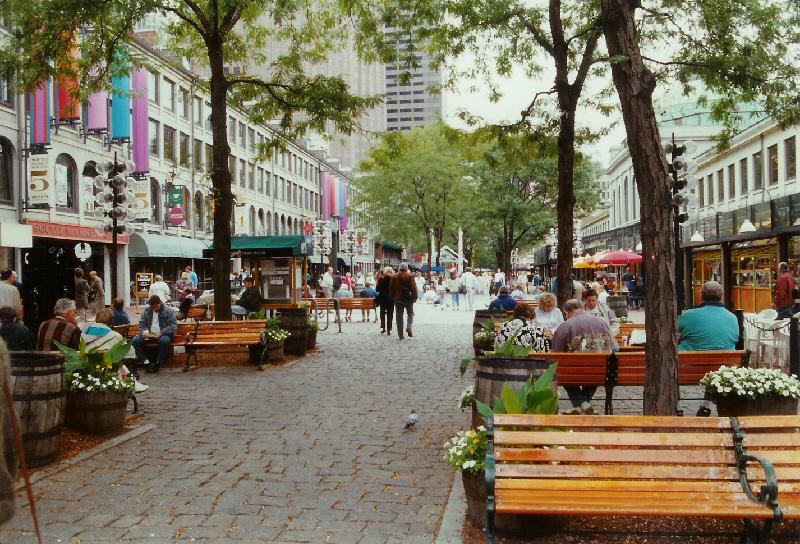
Environmental Benefits Driving Policy Changes
Urban policymakers worldwide are increasingly prioritizing environmental sustainability as a key driver for implementing car-free zones. The shift away from vehicle dominance is not merely aesthetic but a strategic move to combat the escalating challenges of air pollution and climate change. By restricting cars in dense city areas, cities reduce harmful emissions, directly improving air quality and public health.
These initiatives also promote greener urban landscapes, encouraging the growth of trees and green spaces that absorb carbon dioxide and cool urban heat islands. The environmental ripple effect extends beyond the immediate city limits, as reduced traffic congestion lowers overall fossil fuel consumption and helps meet national and international climate targets.
Key environmental benefits prompting policy shifts include:
- Significant reduction in nitrogen oxides and particulate matter.
- Lower greenhouse gas emissions contributing to global climate goals.
- Enhanced urban biodiversity through improved green infrastructure.
- Decreased noise pollution, aiding in healthier ecosystems and communities.
| City | Pollution Reduction (%) | Green Space Increase (%) |
|---|---|---|
| Amsterdam | 25 | 18 |
| Copenhagen | 30 | 22 |
| Madrid | 28 | 15 |
Enhancing Public Spaces and Community Wellbeing
Transforming urban landscapes by limiting vehicular access creates vibrant, inclusive environments where people can truly connect. Removing cars from key areas opens up space for parks, outdoor cafes, and cultural events, fostering a stronger sense of community. These redesigned spaces encourage walking, cycling, and social interaction, making cities feel more welcoming and alive.
Key benefits of prioritizing people over cars include:
- Improved air quality and reduced noise pollution, contributing to healthier living conditions.
- Enhanced safety for pedestrians and cyclists, lowering accident rates.
- Greater accessibility for all ages and abilities, promoting inclusivity.
- Boosted local economies as foot traffic supports small businesses and markets.
Studies consistently show that communities with car-free zones experience higher levels of wellbeing. Access to green spaces and walkable streets helps reduce stress and encourages physical activity, which benefits mental health. Moreover, public spaces become cultural hubs where festivals, art installations, and spontaneous gatherings thrive, enriching urban life beyond the daily grind.
| Community Impact | Before Car-Free Zones | After Car-Free Zones |
|---|---|---|
| Average Daily Noise Level | 75 dB | 55 dB |
| Pedestrian Traffic | 1,200 people | 3,800 people |
| Local Business Revenue | $50,000/month | $85,000/month |
| Reported Stress Levels | High | Moderate |
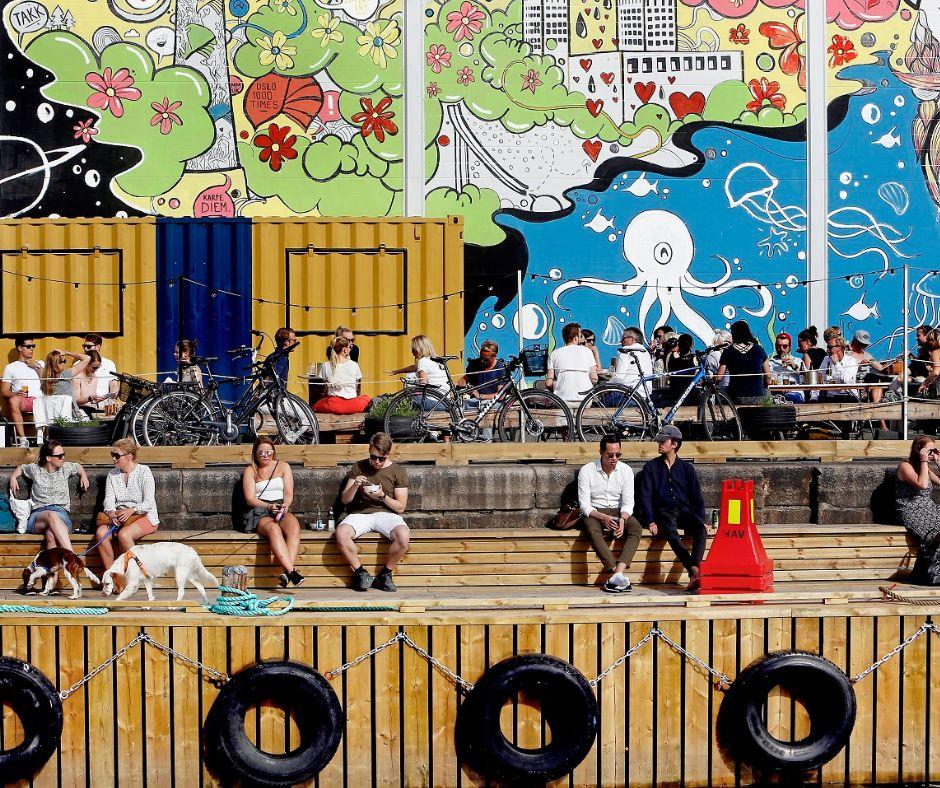
Challenges Cities Face in Transitioning Away from Cars
Transitioning away from car dependency is far from straightforward, especially in cities where automobiles have long defined urban life. One of the primary hurdles is infrastructure inertia. Streets designed for cars, sprawling suburbs, and parking lots create physical and psychological barriers to alternative transport modes. Retrofitting these spaces for pedestrians, cyclists, and public transit requires substantial investment and innovative urban planning.
Another significant challenge lies in cultural attachment. For many residents, cars symbolize freedom and convenience, making the idea of giving them up emotionally charged. This cultural resistance is often compounded by concerns about personal safety, especially in areas where public transit or cycling infrastructure is underdeveloped or viewed as unsafe.
Economic factors also play a crucial role. Small businesses, especially those reliant on drive-by traffic, worry about losing customers if car access is limited. Moreover, cities must balance budgets carefully; large-scale pedestrianization or transit projects require upfront capital and long-term maintenance, which can be daunting without clear immediate returns.
- Infrastructure redesign demands extensive planning and funding.
- Public perception often favors car ownership and use.
- Economic concerns affect both businesses and municipal budgets.
- Safety and accessibility must be prioritized to encourage adoption.
| Challenge | Impact | Potential Solution |
|---|---|---|
| Infrastructure Inertia | Limited space for pedestrians and cyclists | Reallocate road space, build dedicated lanes |
| Cultural Attachment | Resistance to change, emotional ties | Community engagement, awareness campaigns |
| Economic Concerns | Fear of revenue loss by local businesses | Incentives, flexible delivery solutions |
| Safety Issues | Hesitation to use alternative transport | Improve lighting, surveillance, and infrastructure |
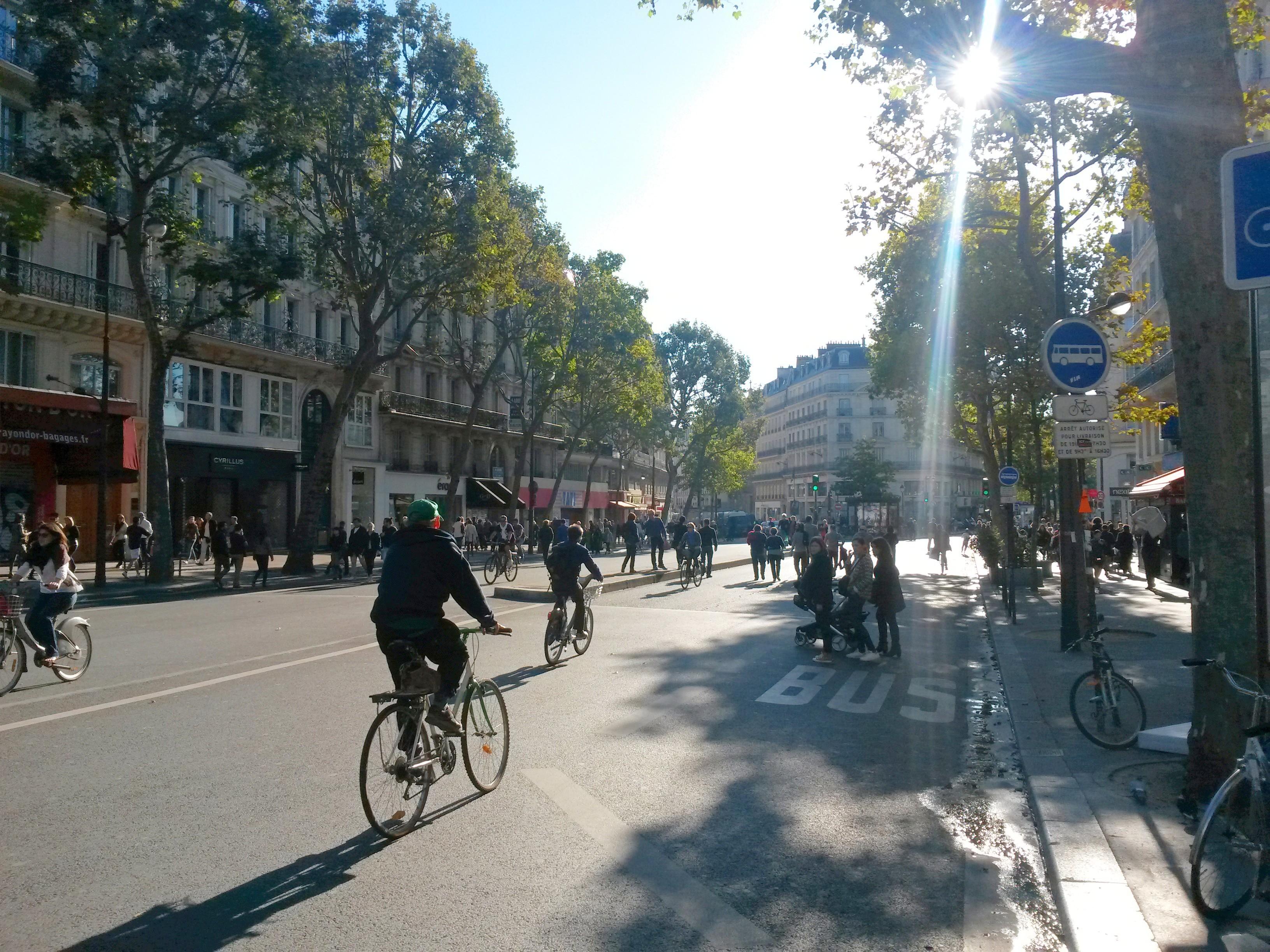
Strategies for Successful Implementation and Public Engagement
Implementing car-free zones requires more than just policy changes-it demands a holistic approach that embraces community involvement and transparent communication. Engaging local residents, business owners, and commuters from the outset fosters a sense of ownership, making the transition smoother and more sustainable. Hosting interactive workshops, open forums, and pilot programs can demystify the benefits and address concerns, turning skeptics into advocates.
Key strategies to boost public engagement include:
- Leveraging social media campaigns to share real-time updates and success stories
- Partnering with local influencers and community leaders to amplify messages
- Offering incentives such as discounts for public transport or bike-sharing programs
- Creating visually appealing signage and wayfinding tools to ease navigation
Moreover, transparency in measuring and sharing outcomes plays a pivotal role. Publishing periodic impact reports not only highlights environmental and health improvements but also instills trust. Below is an example of how cities can track and communicate key metrics during the initial rollout phase:
| Metric | Month 1 | Month 3 | Month 6 |
|---|---|---|---|
| Reduction in Vehicle Traffic | 15% | 30% | 45% |
| Increase in Public Transit Ridership | 10% | 22% | 35% |
| Local Business Revenue | +2% | +6% | +10% |
| Air Quality Improvement (PM2.5) | -8% | -15% | -25% |
By coupling data-driven insights with ongoing dialogue, cities can refine their strategies and maintain momentum. Ultimately, successful car-free zones thrive on adaptability and the collective will of their communities, transforming urban spaces into healthier, more vibrant places to live and explore.
Frequently Asked Questions
Q&A: Global Cities Trend Toward Car-Free Zones – Here’s Why
Q1: What is driving the global trend toward car-free zones in cities?
A1: The shift toward car-free zones is fueled by a combination of environmental concerns, public health priorities, and urban quality of life improvements. Cities aim to reduce air pollution, combat climate change, and reclaim public spaces for pedestrians and cyclists, making urban areas more livable and sustainable.
Q2: Which cities are leading the way in creating car-free zones?
A2: Cities like Paris, Amsterdam, Oslo, and Madrid are at the forefront, implementing expansive car-free areas in their downtown cores. These cities have set ambitious goals to limit or completely ban private vehicles in certain neighborhoods to encourage alternative transportation.
Q3: How do car-free zones impact local businesses and economies?
A3: Contrary to concerns, many local businesses see a boost as pedestrian-friendly zones attract more foot traffic, encouraging shoppers to linger longer and explore. Cafés, boutiques, and markets benefit from the vibrant street life that replaces noisy, congested roads.
Q4: What challenges do cities face when introducing car-free zones?
A4: Transitioning to car-free zones requires balancing diverse stakeholder interests. Challenges include managing delivery logistics, ensuring accessibility for people with disabilities, and addressing resistance from car owners accustomed to driving. Effective communication and phased implementation help ease these issues.
Q5: How do car-free zones contribute to public health?
A5: By reducing vehicle emissions and encouraging walking and cycling, car-free zones improve air quality and decrease respiratory illnesses. They also promote physical activity, which benefits cardiovascular health and mental well-being, creating healthier urban populations.
Q6: Are car-free zones here to stay, or are they a passing trend?
A6: Given the mounting environmental pressures and urban population growth, car-free zones are likely to become a permanent feature in many cities. Their success in enhancing sustainability and quality of life suggests they will evolve and expand rather than fade away.
Q7: How can residents adapt to living in car-free zones?
A7: Residents can embrace alternative transportation modes such as biking, public transit, and walking. Many cities support this transition by improving infrastructure, like bike lanes and pedestrian plazas, and offering incentives to reduce car dependency.
Q8: What does the future hold for urban transportation with the rise of car-free zones?
A8: The future points toward integrated, multimodal transit systems that prioritize people over cars. Innovations like electric scooters, shared mobility services, and smart city planning will complement car-free zones, creating more connected, efficient, and eco-friendly urban environments.
Concluding Remarks
As the rhythm of urban life evolves, the pulse of global cities increasingly beats in harmony with quieter, cleaner streets. The shift toward car-free zones is not just a trend-it’s a reimagining of public space, where people reclaim the sidewalks, parks, and plazas once dominated by vehicles. From improved air quality to vibrant community connections, the benefits ripple far beyond traffic reduction. While challenges remain, the growing momentum suggests that the future of city living may be less about horsepower and more about human power. In embracing this change, cities around the world are crafting a new narrative-one where mobility, sustainability, and quality of life move forward together, one step at a time.